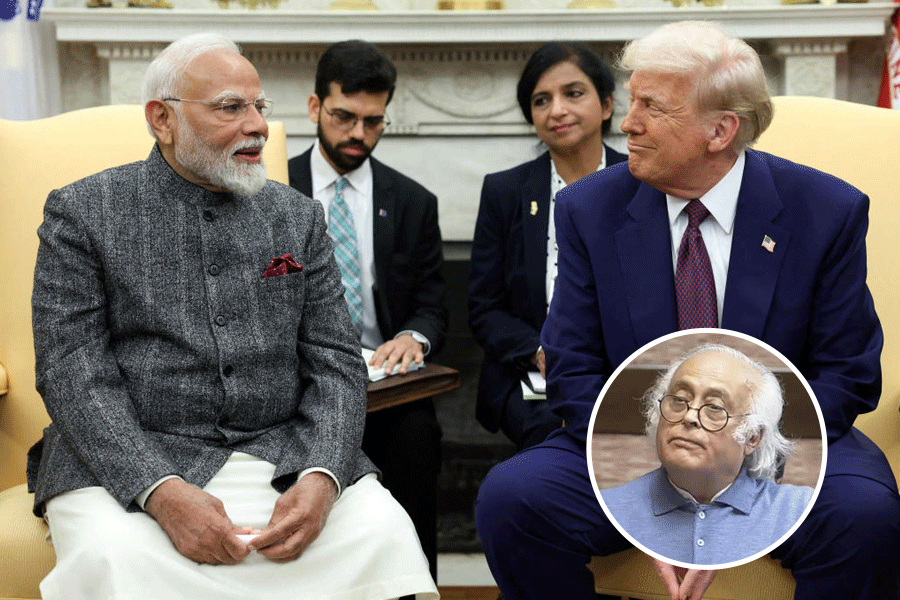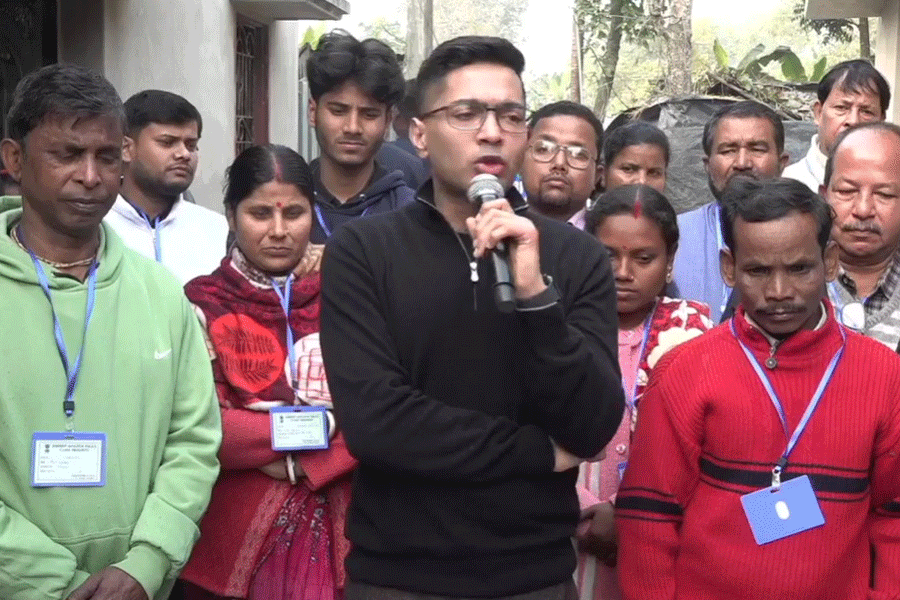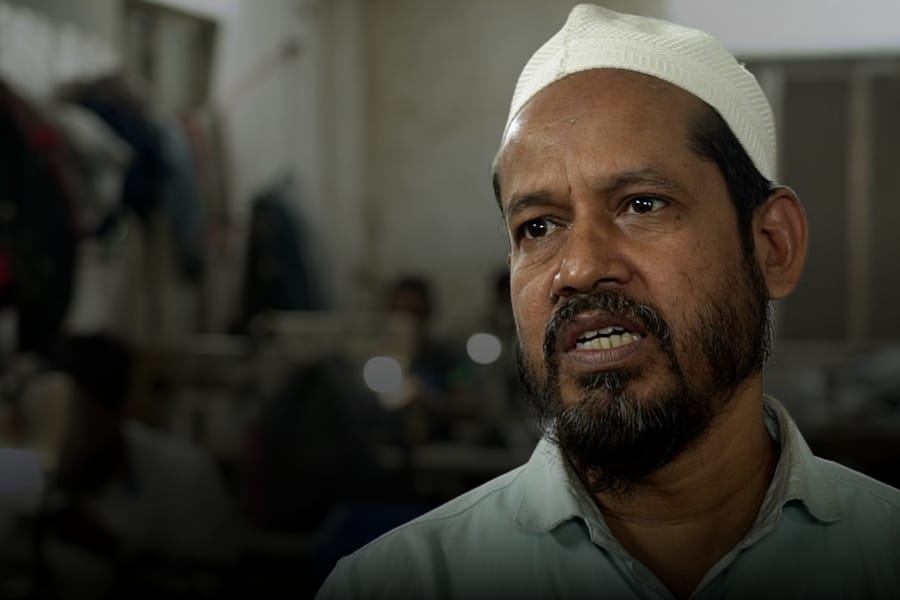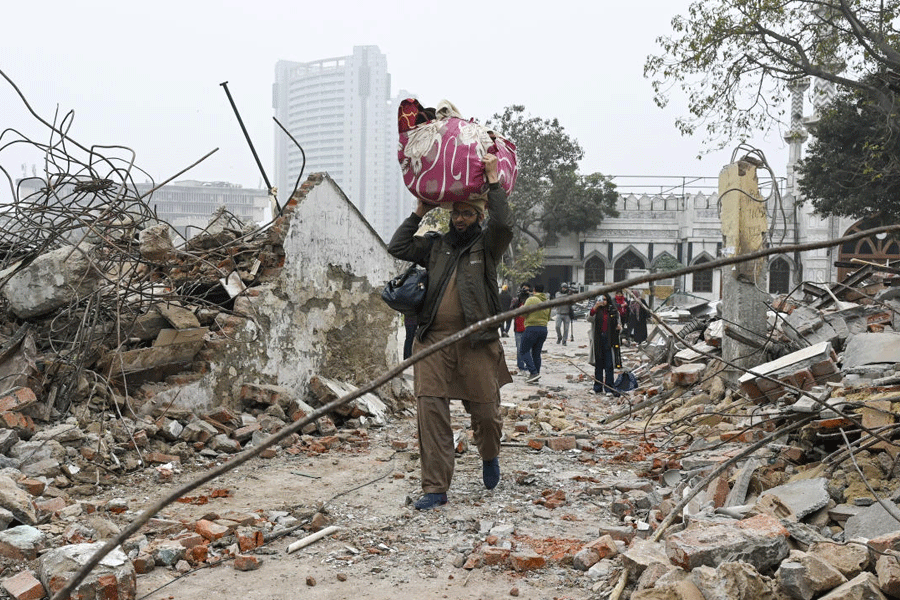 |
| The seal found at Tilpi. Picture by Subhashis Bhattacharya |
Calcutta, Feb. 18: Ten days into digging and two sites in Bengal’s South 24-Parganas district are yielding treasures far beyond the expectation of archaeologists.
Two of the greatest finds brought here today for testing from the site at Dhosa and Tilpi in Joynagar, around 50 km away, are a seal and a brick with Brahmi inscriptions.
Gautam Sengupta, Bengal’s director of archaeology and museums, said it is “too early” to say anything specific “but that such items have survived the salinity of the Sunderbans region is amazing”.
The finds throw open an array of speculation. “It is obvious that in the 1st and 2nd century BC a highly evolved culture existed here. We have found pieces of glazed pottery that indicate they had a firing technique even we find hard to emulate,” Sengupta said.
Perforated tiles characteristic of the Sunga period and beads of semiprecious and precious stones have also been unearthed. “The marks on the brick are inscriptions indicating that this was a literate society that knew the use of currency,” he added. Copper ores, iron slag and cast copper coins have been retrieved and “evidence of structures that may have been religious or urban centres found”.
The finds confirm that these sites, with others like Chandraketugar and Harinarayanpur, were centres of an advanced civilisation in lower Bengal. Terracotta plaques like Lakshmi on a lotus also suggest a connection with the northern Gangetic civilisation.
The Joynagar sites were found after residents drew the government’s attention to objects being unearthed there.












